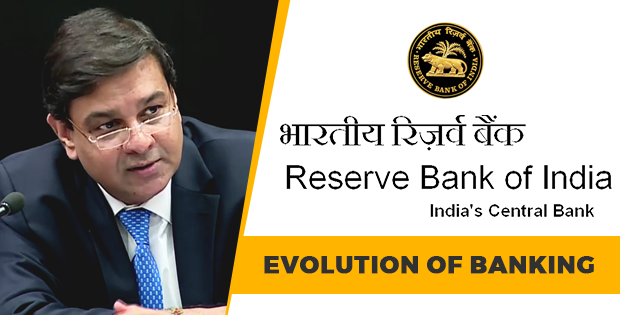Banking sector is a vital part for the function of the any country’s economy including India, as it aids in the flow of economic activity by providing credits, collecting deposits to states, businesses, households and individual people and much more. Like any aspect of economy, the banking System in India has also evolved gradually.
Banking System in India
The evolution of banking system in india is as follows
- In Ancient India the banking system was quite simple and very direct but in 1770 the first bank in India, Bank of Hindostan was established but was soon liquidated in 1829-32 and in a similar manner in 1786 the General Bank of India was established and soon closed in 1791.
- After this in 1921 three banks namely as the Bank of Bengal (established in 1806), the Bank of Madras and the Bank of Bombay were merged to form the Imperial Bank of India and in 1955 (after independence) this bank was renamed as the State Bank of India (SBI) thereby making it the largest as well as oldest bank in existence.
- In 1960 under the State Bank of India (Subsidiary Banks) Act, 1959 the SBI was given eight state-associated bank’s control and was named as associate banks. Gradually this simple system was developed to accommodate the growing population, trade and many other factors of India.
- In 1935 under the Reserve Bank of India Act, 1934, the Reserve Bank of India was established as the central banking Institution but before that presidency banks played the role of quasi-central banks for many years. This simple banking system in India was adopted easily by the citizens of India.
- Many banks based on the region were established in order to accommodate the needs of the people better therefore banks like Punjab National Bank etc. were formed with the merger or division of banks like New Bank of India etc.
- A number of private banks like HDFC Bank, ICICI Bank etc. were licensed by the Indian government in early 1990 and these banks were known as New Generation tech-savvy banks. This helped in Indian economy’s rapid growth as three sectors of banks, foreign banks, private banks and government banks had a great contribution.
- In the recent years various loans, schemes etc. were introduced by the many banks present in India and to make the cash flow easy ATMs were established, that are well used till now. Other than this the ever growing banking system has also created numerous employment opportunities to the Indian citizens.
Conclusion
The above points are just the top layer as the evolution of banking system in India has been a long and change filled process that has evolved from a few merchant banks into a number of commercial banks. There have been a few mistakes and missteps but the banking system of India has largely contributed in the progress of Indian economy and way of life.












































thanks
nice